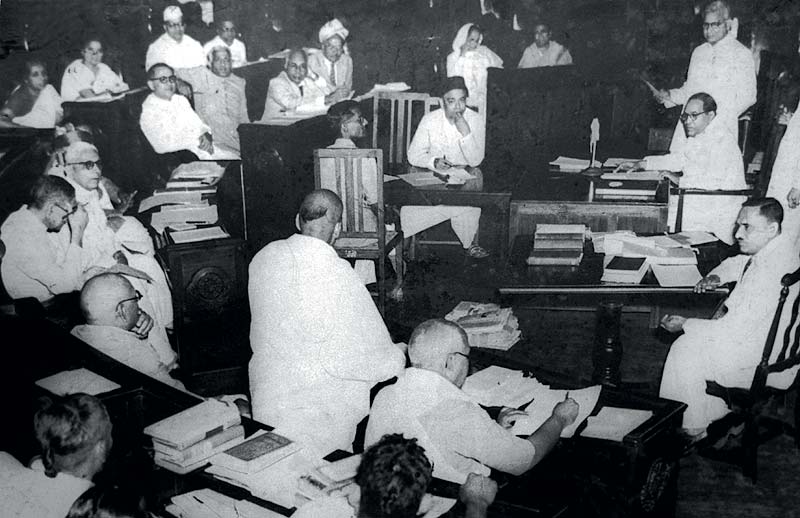Forest and human habitation have been symbiotically connected to each other for centuries. In India, historical evidence, such as seals and painted pottery recovered from the Indus Valley, shows the symbols of peepal and babul indicating the use of forest produce during the Mohenjodaro-Harappa civilization (about 5000-4000 BC). The Gupta period (200-600 AD) recorded the distribution of forests similar to that of the Mauryan period. The Mughal period (1526-1700) was characterized by an unhindered clearing of forests for timber and cultivation. With the advent of the British rule, direct confrontation with the Adivasis began, which had much to do with the forests.
About The Author

Goldy M. George
Goldy M. George has been consulting editor, Forward Press. He has a PhD from the Tata Institute of Social Sciences, Mumbai, and has written regularly over the years, both in English and Hindi, for newspapers and news websites. For nearly three decades, he has been involved in Dalit and Adivasi grassroots movements




